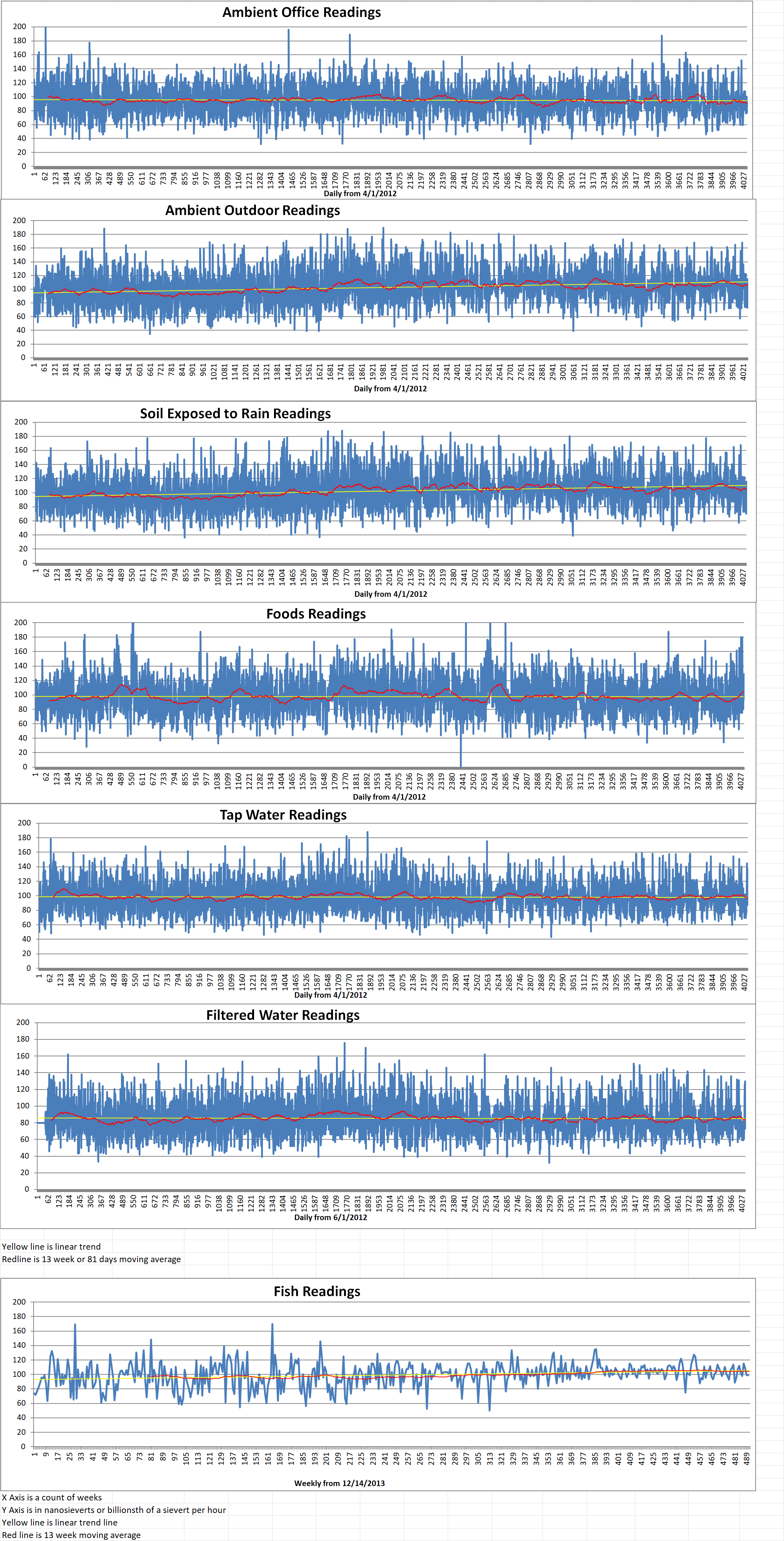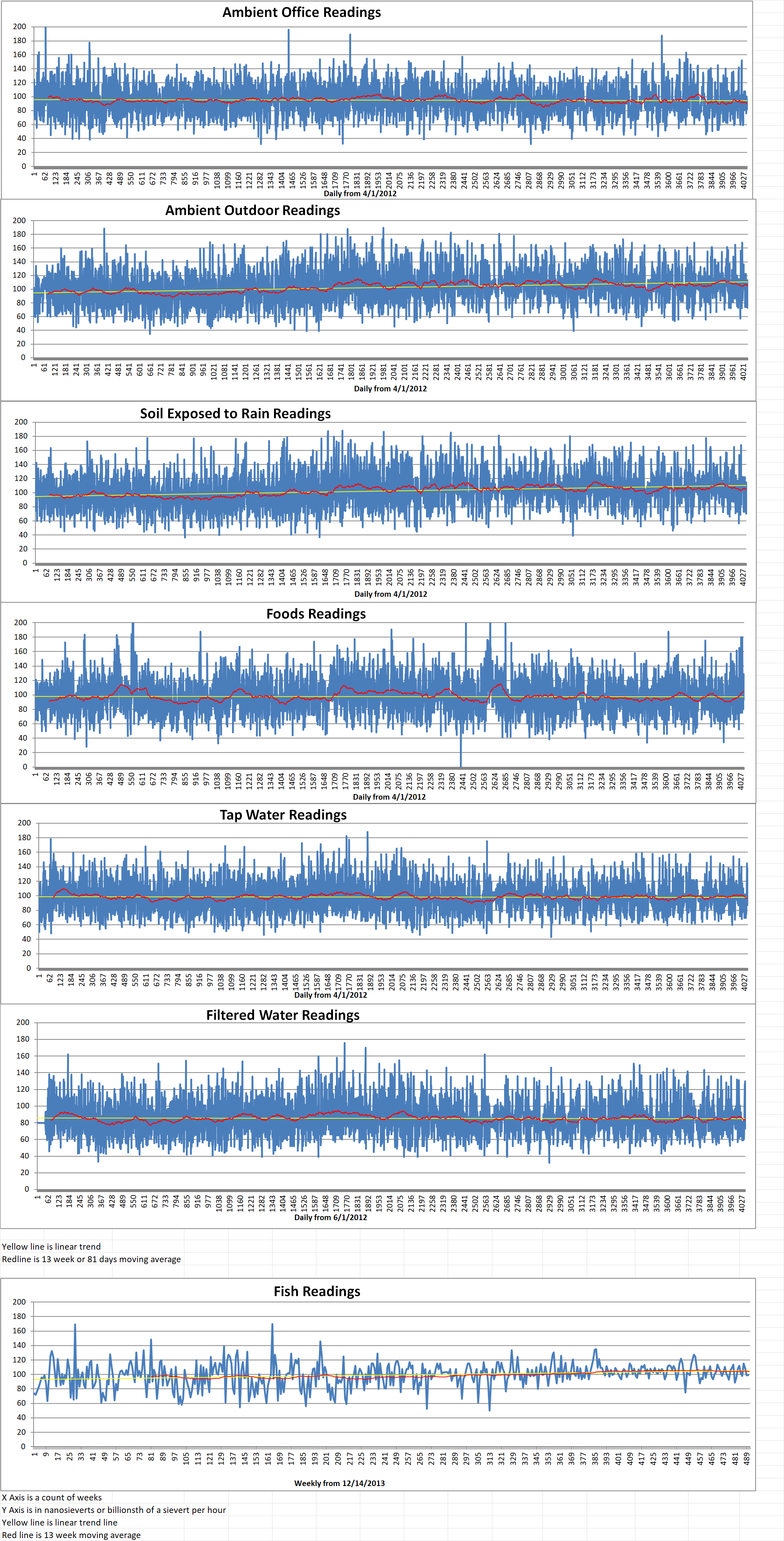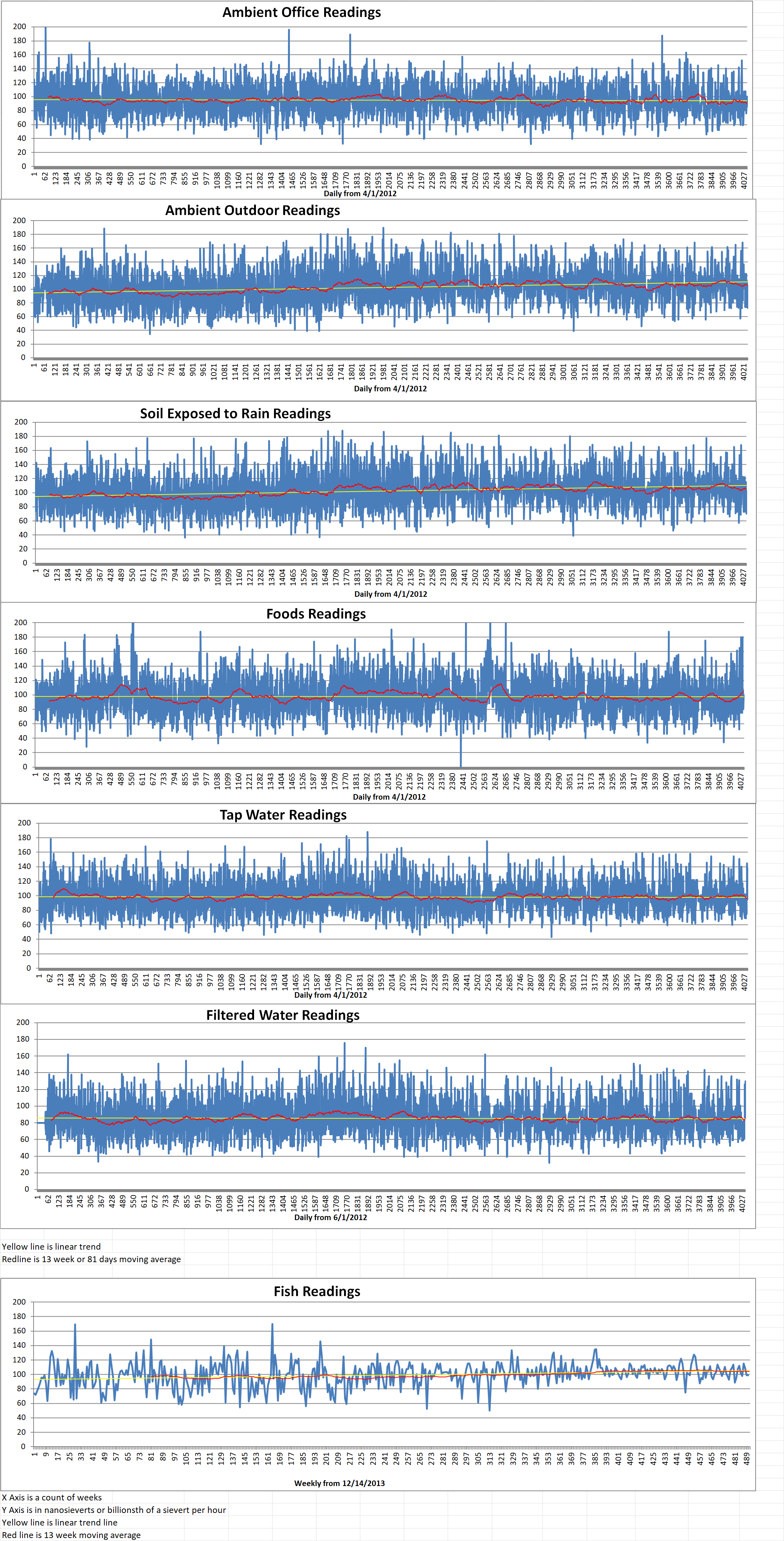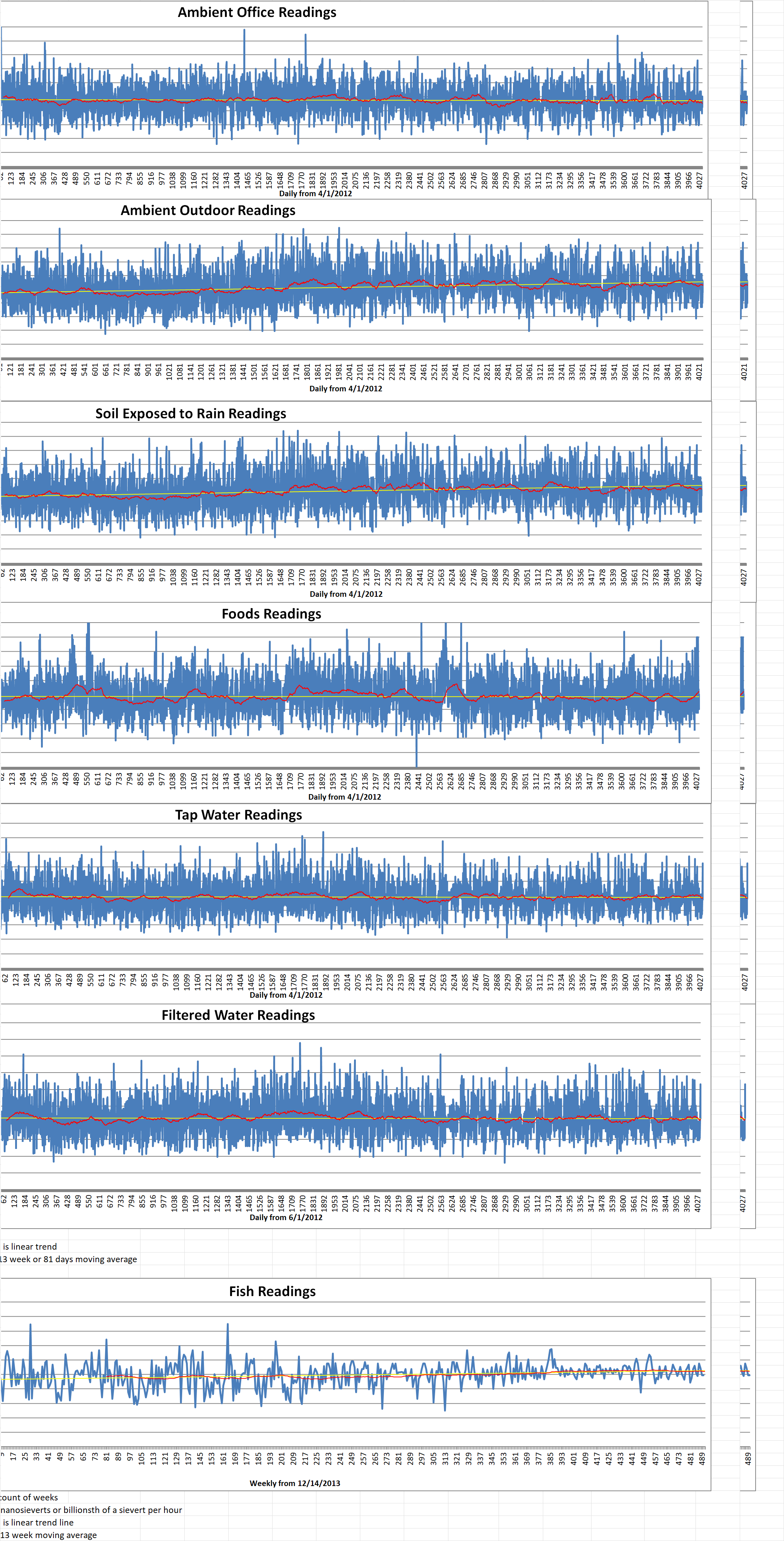Part 2 of 2 Parts (Please read Part 1 first)
Nuclear advocates claim that Australia has no choice. They say that wind and solar are intermittent power sources. They claim that the cost of making them reliable is too high.
Here is a comparison of the cost of reliably delivering a megawatt hour of electricity to the grid from nuclear power versus wind and solar power. According to the Commonwealth Scientific and Industrial Research Organization (CSORO) and energy market analyst Lazard Ltd, nuclear power has a cost of one hundred and forty dollars to two hundred and thirty dollars per megawatt hour produced.
Without subsidies or state finance, the four plants mentioned above generally meet or beat the high end of this range. In contrast, Australia is already building wind and solar plants at under forty-five dollars and thirty-five dollars respectively. This is about one tenth of the cost of nuclear power.
The CSIRO has also estimated the cost of renewable energy that has been made reliable, mainly by batteries and other storage technologies. Australia could build a renewables grid big enough to meet current demand twice over and still pay less than half the cost of nuclear power.
Proponents of nuclear power say that small modular reactors (SMRs) offer the possibility of being produced at scale. This may finally allow nuclear power to harness Wright’s law.
However, commercial SMRs are still years from deployment. NuScale is a U.S. SMR company. It is scheduled to construct two nuclear power plants in Idaho by 2030. Ground has not yet been broken for these projects, but the on-paper costs have already risen to about one hundred and ninety dollars per megawatt hour.
SMRs are still decades away from broad deployment. If early examples work well, in the 2030s there will be a round of early SMRs in the U.S. and European countries that have existing nuclear skilled workers and nuclear supply chains. If that goes well, there may be a serious rollout from the 2040s onwards.
In these same decades, solar, wind and storage will still be descending the Wright’s law cost curve. Last year the Morgan administration was promoting the goal of getting solar below fifteen dollars a megawatt hour by 2030. SMRs would have to achieve inconceivable cost reductions to be economically competitive.
SMRs might be necessary and competitive in counties with no renewable energy resources. However, Australia has the richest combined solar and wind resources in the world.
The big question is whether Australia should lift its ban on nuclear power. A repeal would have no practical effect on what happens in electricity markets. However, it might have important political effects.
A future Australian leader might seek short-term advantage by offering huge subsidies for construction of nuclear power plants. The true costs would arrive years after any such leader had left office. That would be a disaster for Australia. With unmatched solar and wind resource, Australia has the chance to deliver the cheapest electricity in the industrial world.
Mr. Dutton may be correct that the ban on nuclear energy is not necessary. However, in terms of getting to net zero emissions as quickly and as cheaply as possible, Mr. Bowen has the relevant argument. One assessment from the U.K. said nuclear power for Australia would be “economically insane”.
Blog
-

Nuclear Reactors 1296 – Analysis Of Need For Australia To Construct Nuclear Power Plants – Part 2 of 2 Parts
-
Nuclear News Roundup October 31, 2023
Nuclear stealth bomber, the B-21 Raider, takes first test flight defensenews.com
Former US reactor site released for unrestricted use world-nuclear-news.org
Hungary says Romania to continue to allow nuclear fuel transport world-nuclear-news.org
US and South Korea sharpen deterrence plans over North Korean nuclear threat local10.com
-

Geiger Readings for October 31, 2023
Ambient office = 115 nanosieverts per hour
Ambient outside = 130 nanosieverts per hour
Soil exposed to rain water = 126 nanosieverts per hour
Zuccinni from Central Market = 74 nanosieverts per hour
Tap water = 123 nanosieverts per hour
Filter water = 106 nanosieverts per hour
-

Nuclear Reactors 1295 – Analysis Of Need For Australia To Construct Nuclear Power Plants – Part 1 of 2 Parts
Part 1 of 2 Parts
Concern about climate change has brought nuclear power back into the Australian media. Opposition leader Peter Dutton claimed that nuclear power is “the only feasible and proven technology” for cutting CO2 emissions. Energy Minister Chris Bowen responded by saying that Mr. Dutton is promoting the “the most expensive form of energy”.
A great part of the rejection of nuclear power is concern about safety. However, nuclear power supporters claim that the risk from modern nuclear plants is much lower than that of fossil fuels.
Major failures in design and operation incompetence caused the Chernobyl disaster. It has been claimed that no one died at Three Mile Island or from the Fukushima disaster. However, this does not account for fatal cancers which can take decades to manifest. On the other hand, the deaths of nine million people a year can be attributed to polluted air from fossil fuel combustion.
Two more common factors may help to explain why nuclear power has been cut in half as a share of global energy production since the 1990s. These two factors are time and money.
There are four strong arguments against investment in nuclear power. These include Olkiluoto 3, Flamanville 3, Hinkley Point C, and Vogtle.
Cost overruns at these recently constructed commercial nuclear power reactors averaged over three hundred percent. The cost of Vogtle rose from fourteen billion dollars to thirty-four billion dollars. The cost of Flamanville 3 rose from five billion dollars to thirty-one billion dollars. The cost of Hinkley Point C rose from thirty billion dollars to one hundred and thirty billion dollars. Completion of Vogtle was delayed seven years, Olkiluoto was delayed fourteen years and Flamanville was delayed at least twelve years.
A fifth case is Virgil C in the U.S. Fourteen billion dollars was spent before cost overruns resulted in the project being canceled. Three companies built these five nuclear projects, including Westinghouse, EDF, and AREVA. All three either went bankrupt or were nationalized. Consumers, companies and taxpayers will be paying for these cost overruns for decades.
In contrast, the average cost overruns for wind and solar are about zero. They are the cheapest of all energy infrastructures.
Wright’s law states that the more a technology is produced, the more its cost falls. Wind, solar and lithium-ion have all experienced enormous cost declines over the past two decades.
However, for nuclear energy, Wright’s law has been inverted. The more capacity installed; the more costs have risen. A 2020 MIT study found that safety improvements accounted for about thirty percent of nuclear cost increases. However, the lion’s share of the cost increase was due to persistent flaws management, design and supply chains.
In Australia, such cost overruns and delays would ensure that emission reduction targets would be missed. They would also result in spiraling electricity costs, as the grid waited for generation capacity to be added way beyond the original estimated completion date. For fossil fuel companies and their political supporters, this is the real attraction of nuclear power. They would have another decade or two of sales at inflated prices.
Please read Part 2 next -
Nuclear News Roundup October 30, 2023
Ministerial approval for NexGen uranium project world-nuclear-news.org
Akkuyu 3 reactor pressure vessel delivered world-nuclear-news.org
Landmark nuclear fusion deal struck by US and UK independent.co.uk
Future of California nuclear plant uncertain 1 year after judge extended operations until 2030 foxnews.com
-

Geiger Readings for October 30, 2023
Ambient office = 122 nanosieverts per hour
Ambient outside = 95 nanosieverts per hour
Soil exposed to rain water = 97 nanosieverts per hour
White onion from Central Market = 127 nanosieverts per hour
Tap water = 103 nanosieverts per hour
Filter water = 89 nanosieverts per hour
-
Nuclear News Roundup October 29, 2023
US nuclear sub offers show of force in the Middle East Aljazeera.com
Advocates fear NH clean energy proposal would pit nuclear against solar, wind newhampshirebulletin.com
UAMPS and NuScale Power Terminate SMR Nuclear Project powermag.com
The Air Force asks Congress to protect its nuclear launch sites from encroaching wind turbines apnews.com
-

Geiger Readings for October 29, 2023
Ambient office = 126 nanosieverts per hour
Ambient outside = 130 nanosieverts per hour
Soil exposed to rain water = 126 nanosieverts per hour
Watermelon from Central Market = 122 nanosieverts per hour
Tap water = 118 nanosieverts per hour
Filter water = 100 nanosieverts per hour
-
Nuclear News Roundup October 28, 2023
California’s largest nuclear power plant seeks extension despite safety and environmental concerns kmph.com
Westinghouse Acquisition by Brookfield and Cameco Complete Westinghousenuclear.com
Senator Ellman: Lifting nuclear moratorium creates a sustainable future newschannel20.com
Russia says it test-fired nuclear-capable Bulava missile from new submarine Aljazeera.com
-

Geiger Readings for October 28, 2023
Ambient office = 130 nanosieverts per hour
Ambient outside = 95 nanosieverts per hour
Soil exposed to rain water = 97 nanosieverts per hour
Vine ripened tomato from Central Market = 80 nanosieverts per hour
Tap water = 103 nanosieverts per hour
Filter water = 92 nanosieverts per hour
Dover Sole from Central = 100 nanosieverts per hour
